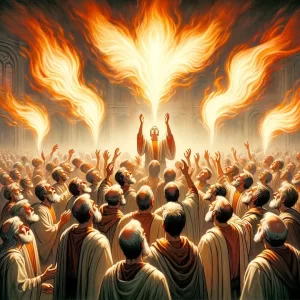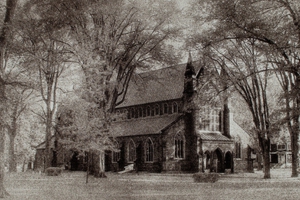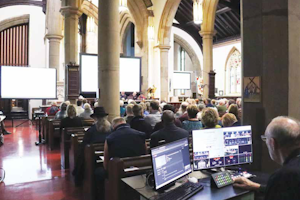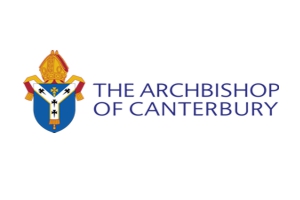
According to the Farmers' Almanac, the English word “ember” is probably a corruption of the Latin “quatuor tempora” which means four times or four seasons.
Interestingly, the Farmers' Almanac and the Old Farmer’s Almanac contain other historical information about Ember Days.
“There are a total of 12 Ember Days each year, observed on the Wednesdays, Fridays, and Saturdays following the first Sunday in Lent, Whitsunday (Pentecost), the Feast of the Holy Cross, and the Feast of St. Lucy (Lucia?). While the first Sunday in Lent and Whitsunday-Pentecost change each year based on Easter, the Feast of the Holy Cross and the Feast of St. Lucy are fixed dates, on September 14 and December 13, respectively.
Ember Day observances date back to the 5th century, when observers would thank God for the gifts of nature, embrace those gifts in moderation, and assist the needy.
Ember Days began in Rome with fasts in June, September, and December, but the days were not fixed. The fourth set of days were added near the end of the 5th century. At that time, the conferring of ordinations was permitted on ember Saturdays, while previously, the practice was ordinations only at Easter.
It is said that Ember Days may have been created in response to the excessive celebrations that surrounded the pagan festivals in Rome."
Superstitions abound including, that the weather on ember days somehow predicts future weather, sounding a lot like how we still fun about with Ground Hog Day superstition.
An old English rhyme helped people to remember the occurrence of Ember Days four times throughout the year:
Fasting days and Emberings be
Lent, Whitsun, Holyrood, and Lucie.
See a full post 'What Are Ember Days'
Lent, Whitsunday, Holy Cross (11 September), St. Lucie (13 December)
St. Lucie, Lucy or Lucia (the Saint of light, light being the origin of the name) has been mostly a Scandinavian celebration and the festival day has not been included in North American Anglican calenders. It is still December 13th as it has been for centuries in the calender of the Church of England. See Saint Lucy’s Day on the Anglican Compass.
More on Ember Days:
Ember Days Wikipedia
Ember Days (MacCausland's Divine Order of Service) via the Online Lectionary
Ember Days - The Episcopal Church
Embertide: Common Worship C of E


